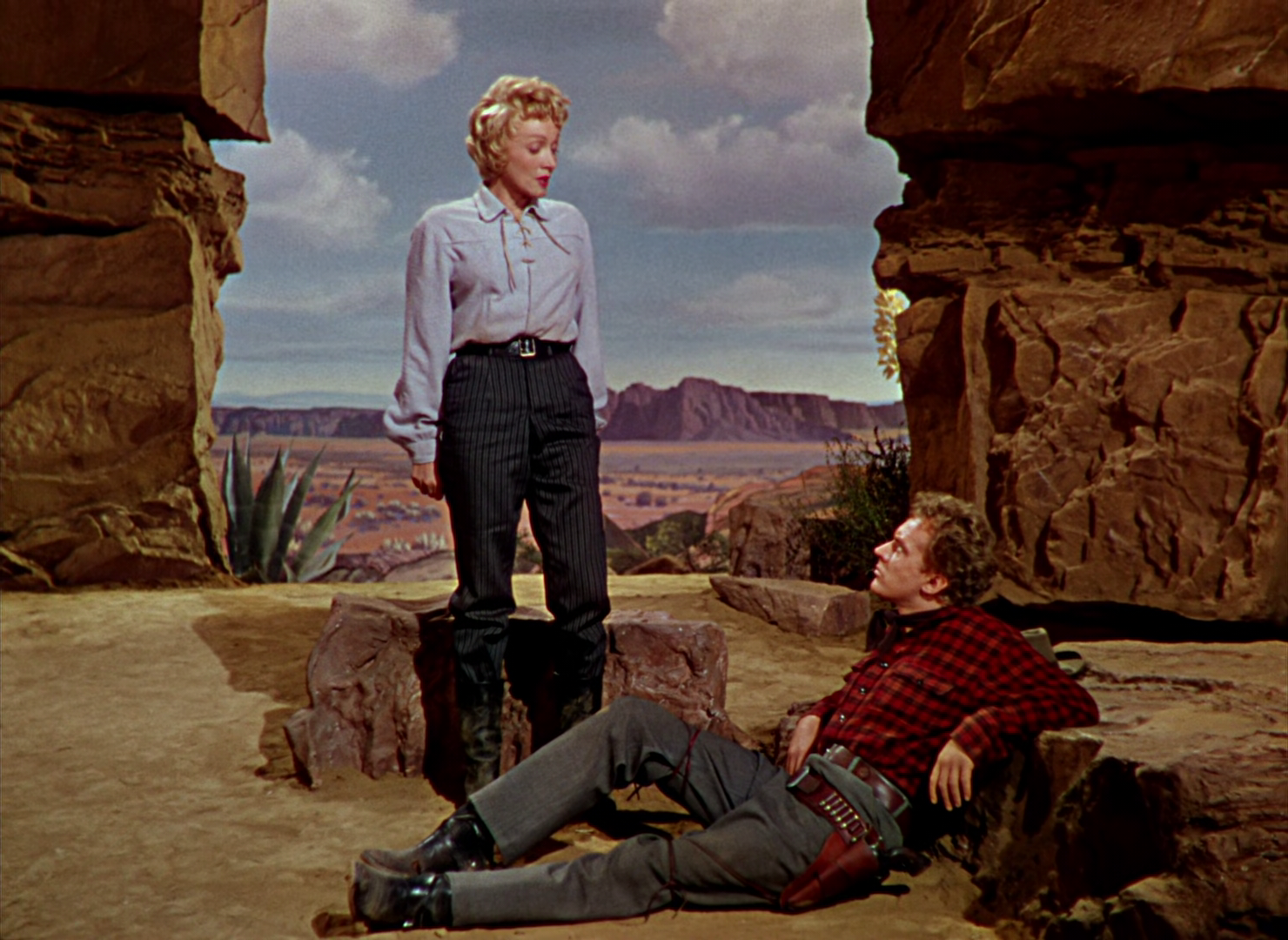Against the Apolitical Landscape
07/02/2025
- Alex Page
07/02/2025
- Alex Page
There can be no understanding of cinematic politics when it is discussed as if it exists purely in characters and events placed into an apolitical form–- from such a regressive belief, we get works such as the “video essays” of Kogonada and his imitators. Over the past decade Kogonada has continually produced clip–shows of shots stripped from the context of various movies, claiming to “analyse” the shots while obscuring their purpose. In Mirrors of Bergman, Kogonada cuts between various shots of women looking into mirrors from Bergman films while a reading of Sylvia Plath’s poem Mirror plays. Because every shot lies about its origin, there is nothing that we can take from their contrast with Plath’s writing, instead, the connection is simply that both works feature mirrors. That the mirror as it exists in Plath’s words or the reader’s voice is an entirely different form to the mirror as it exists in Bergman’s films does not matter to Kogonada— only that he can force both into a simple detached analysis, as if he could look into a mirror and see the same thing that Plath or Bergman do. And because of this detachment, he has been fully accepted into mainstream academic culture, provided with funding for feature films, and emulated by new filmmakers who copy his detachment and paste it onto different films.
What is especially bleak about so many of these new filmmakers is that they believe this academic culture to encapsulate the cinema in its entirety. Straub-Huillet are cited as influences upon “landscape films” that reduce other films to a pile of pretty images— it does not matter that everything that is done with landscape in Fortini/Cani is antithetical to this, because to these Koganadites, and those who produce these films posturing at the avant-garde, the work of Straub-Huillet (along with every other film they proclaim their love for) is already another pile of pretty images. That the subject of this depoliticisation is so frequently the American West is especially insulting: how can you look at the land so many American Indians were murdered upon to further the American colonial project, land that is returned to again and again over thousands of movies, and require the characters to make speeches before you can consider it a political work?
Rancho Notorious is a film built upon the West. It is because of its great expanses that every space is isolated and seemingly disconnected. As such, when the majority of the journey is omitted, the viewer becomes unable to relate the towns Vern Haskell visits to the one he came from, and the delusion that they are not related begins to form— the miseries of the people Haskell talks to are less important than satisfying his lust for revenge, because he comes from the town where the movie begins, where the map is built around, and these towns are simply elsewhere. By comparison, we can consider the visit to a civilian house in Tourneur’s The Fearmakers. While the fate of the arguing couple is not known, they are not distinct from the main narrative, they live in the same area where the majority of the film occurs, and the shock of their instability drives Dana Andrews in his fight against the communists. Meanwhile, the only thing Haskell takes from these towns is information on Altar Keane and advice to search a different town.
But when he reaches Chuck-a-Luck, this individualism becomes impossible to maintain–- Haskell must stay close to the house, obey its rules, and accept it as a new home. It is clearly a comforting position for Altar, one where she can assume a blindness to elsewhere: an uninvaded Interior.


Haskell is then able to avenge his wife, not by killing Finch, but by breaking from the benefits of interiority. The illusion the west creates gives way to its reality.


